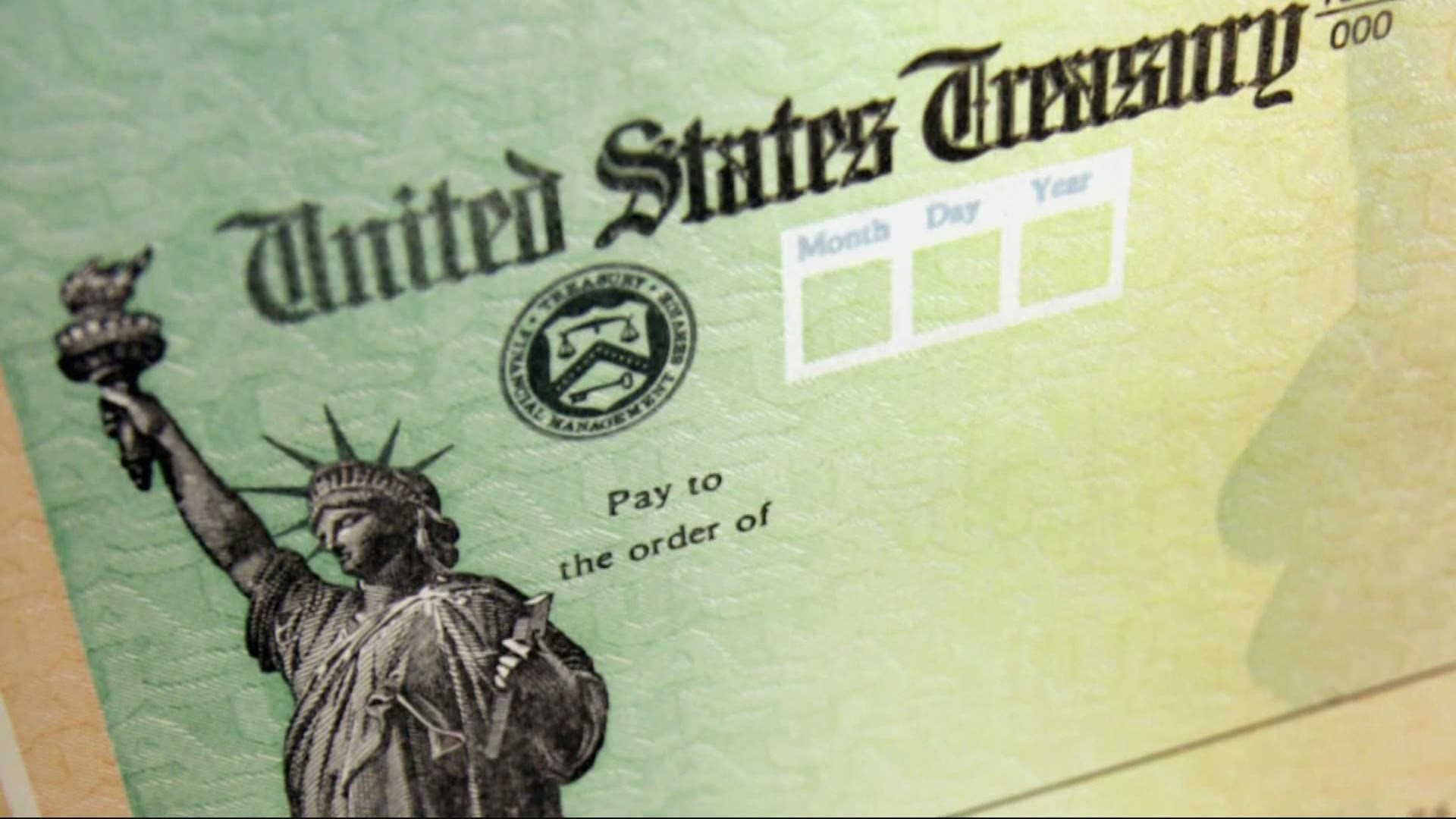The $1.9 trillion COVID-19 relief bill was signed into law by President Joe Biden Thursday. The massive bill includes a re-imagining of the annual child tax credit which could put money from the IRS in the hands of parents, on a monthly basis.
Here are some of the details. Keep in mind that some of this is likely to change as the IRS works out how to roll the money out to households.
What is changing with the child tax credit?
Under current law, most taxpayers can reduce their federal income tax bill by up to $2,000 per child. The bill would increase the tax break to $3,000 for every child age 6 to 17 ($250 per month) and $3,600 for every child under the age of 6 ($300 per month).
Families would get the full credit regardless of how little they make in a year. The money is also fully refundable, meaning families without income will also receive it.
The maximum benefit would go to individuals making up to $75,000 and couples filing jointly making up to $150,000. After that, the money starts to be phased out at intervals of $50 per every $1,000 of adjusted gross income.
Those making up to $200,000 individually and $400,000 as a couple would still be eligible for the $2,000 tax credit that existed before the passage of the COVID relief bill.
When will I receive the money under the child tax credit?
That's not clear. The goal is to divide the payments into monthly installments, but the Treasury Department may determine that's not possible. It could be quarterly or whatever method is as frequent as possible. But the earliest it's expected to start is in July.
Elaine Maag, a principal research associate in the Urban-Brookings Tax Policy Center, said monthly payments could begin as soon as July but if the government opts for quarterly payments it could take until the fall.
Taxpayers will be able to opt-out of the monthly payments and get a lump sum at tax time like they do now.
How long will the new child tax credit last?
This is only good through 2021. After that, Congress would have to vote to renew it.
Will I get all the child tax credit money in 2021?
No, but you will get all the money eventually. The monthly payments are an advance.
Let's say you've already filed your 2020 tax return this season. If you are expecting a child tax credit, you'll get that money based on your 2020 taxes.
Under the expanded tax credit, you will be getting your 2021 money during the year, not in 2022 when you file your taxes. Since the payments will start in July at the earliest, that means only six months of payments will go out, not 12 months. So, half of the credit money will come during the year and the other half will come when you file your 2021 taxes next spring.
The bill calls on the Treasury to create an online portal where parents can choose whether to get the monthly payments or opt-out and get one lump payment next year when they file their tax returns.
What if I have a child this year?
The monthly payments will be based on the 2019 or 2020 tax return. But the bill instructs that an online portal will be created so parents can add the birth of a child in 2021, change their marital status or record a change in their income during the year.
If it works properly, that means parents who welcome a child this year can start getting the monthly payments.
Why is the child tax credit being changed?
The aim is to deliver the money in smaller monthly payments instead of one larger lump sum which usually comes following tax season. That would give low-income parents in particular the child tax credit money as they need it throughout the year to help pay for basics.
Add in the $1,400 direct payment checks and other items in the bill, and the legislation would reduce the number of children living in poverty by more than half, according to the Center on Poverty and Social Policy at Columbia University.
The Associated Press contributed to this report.

